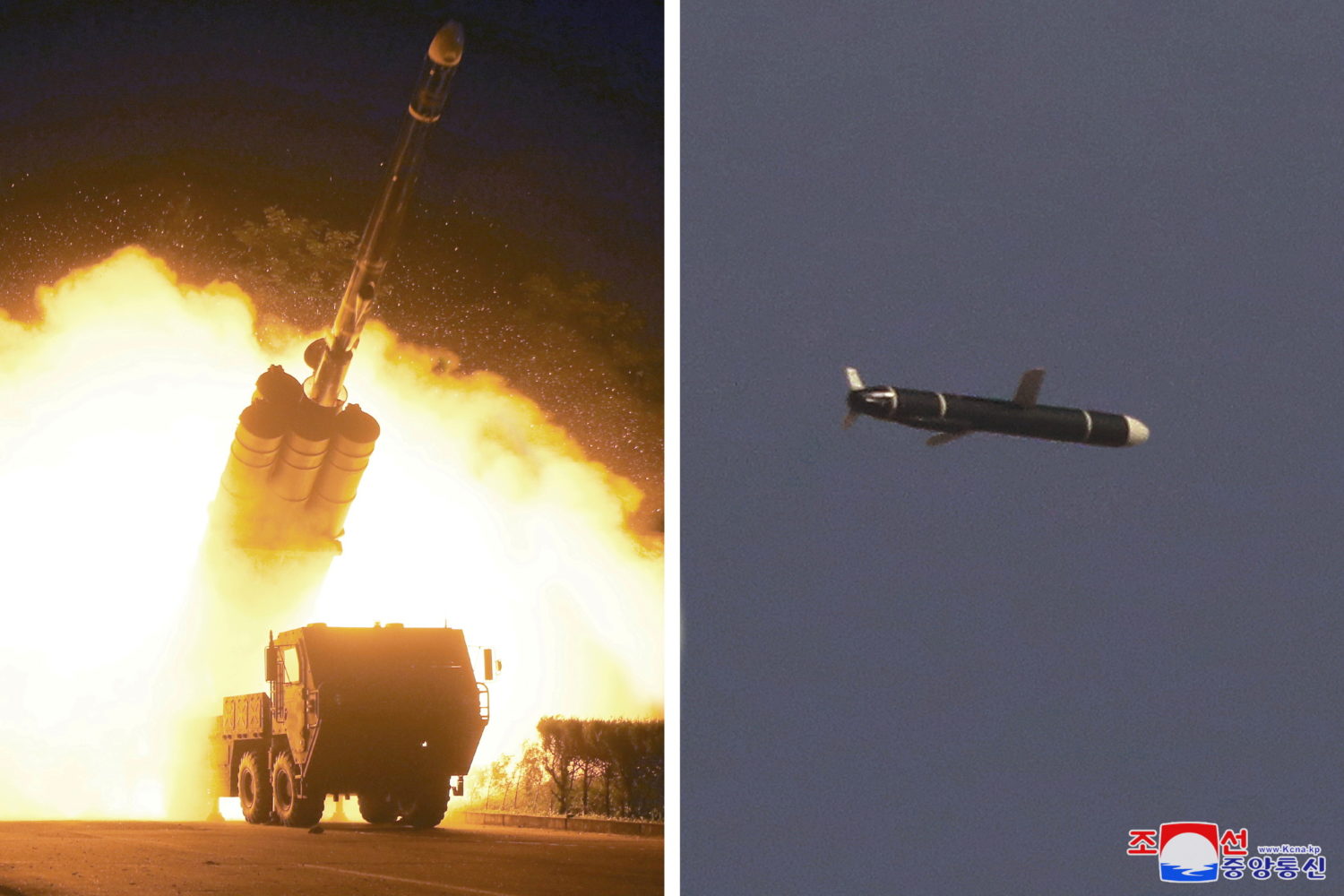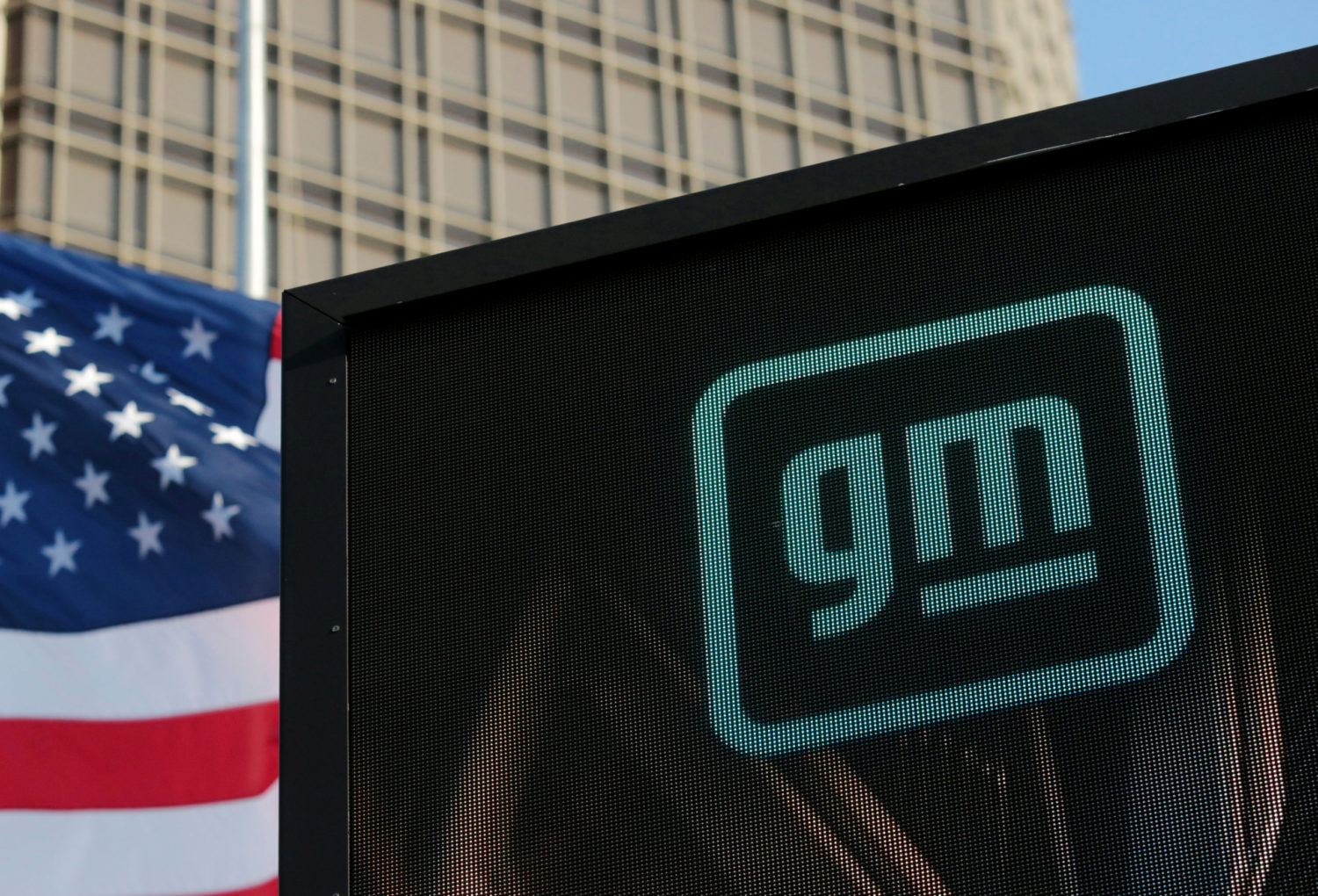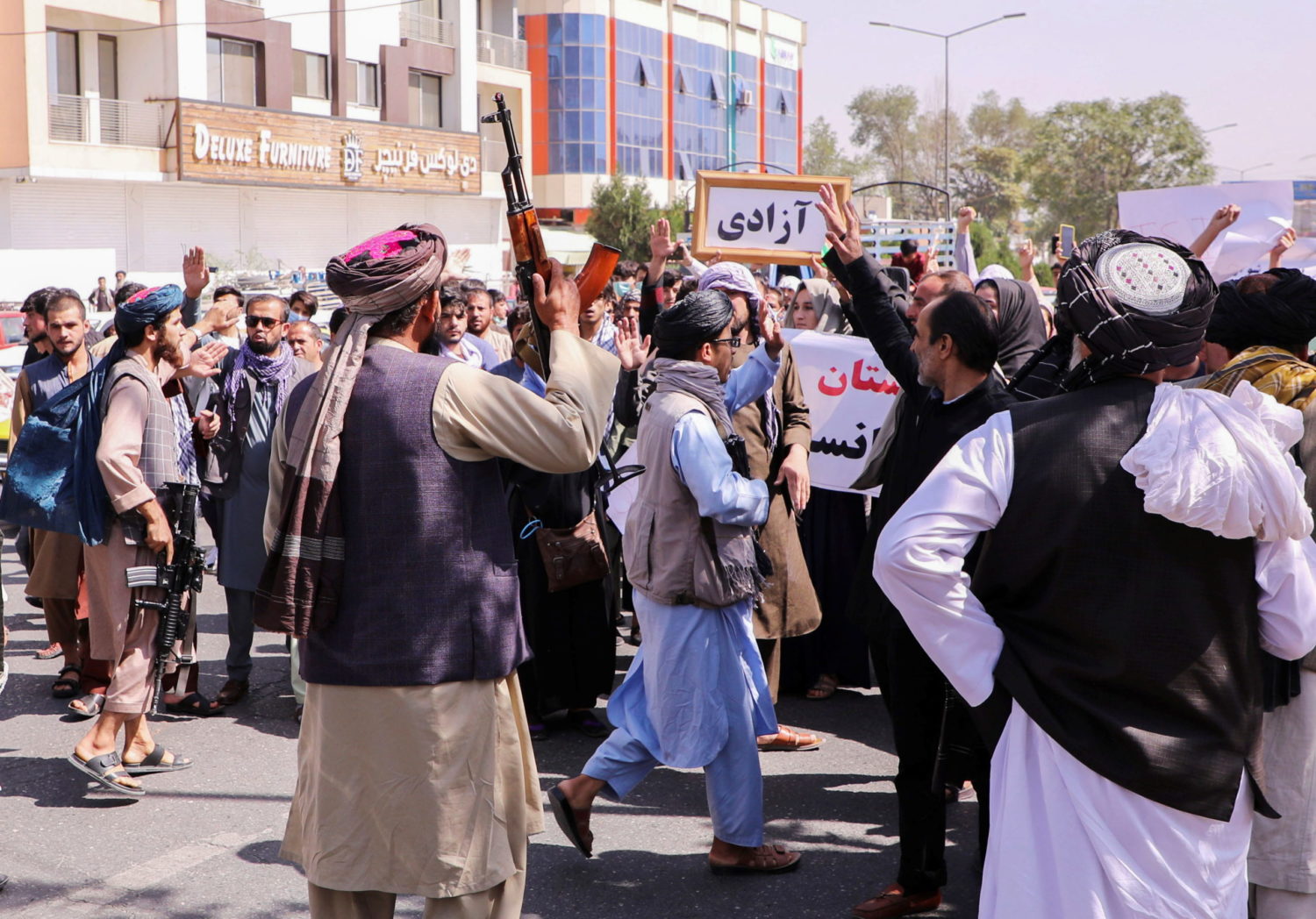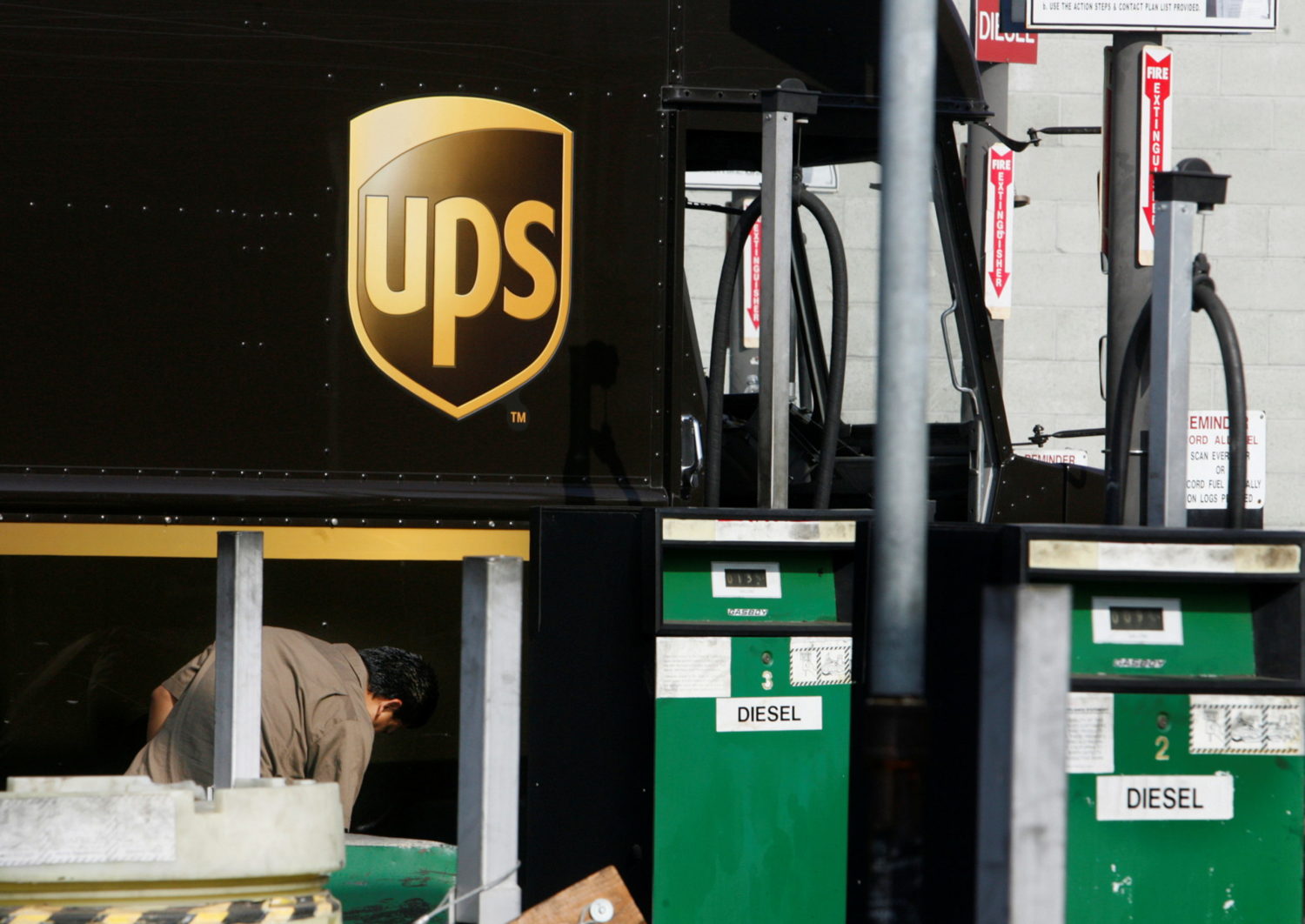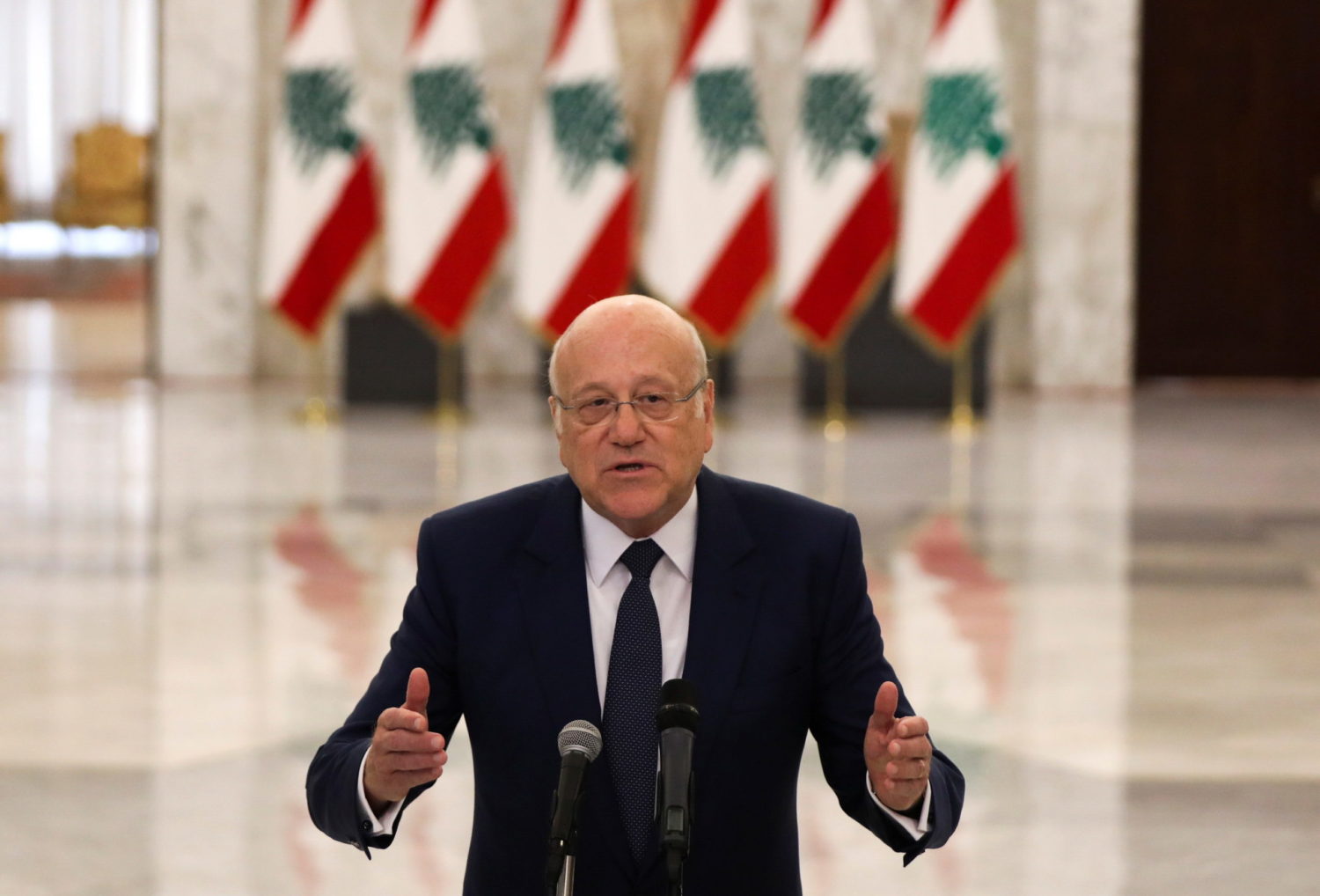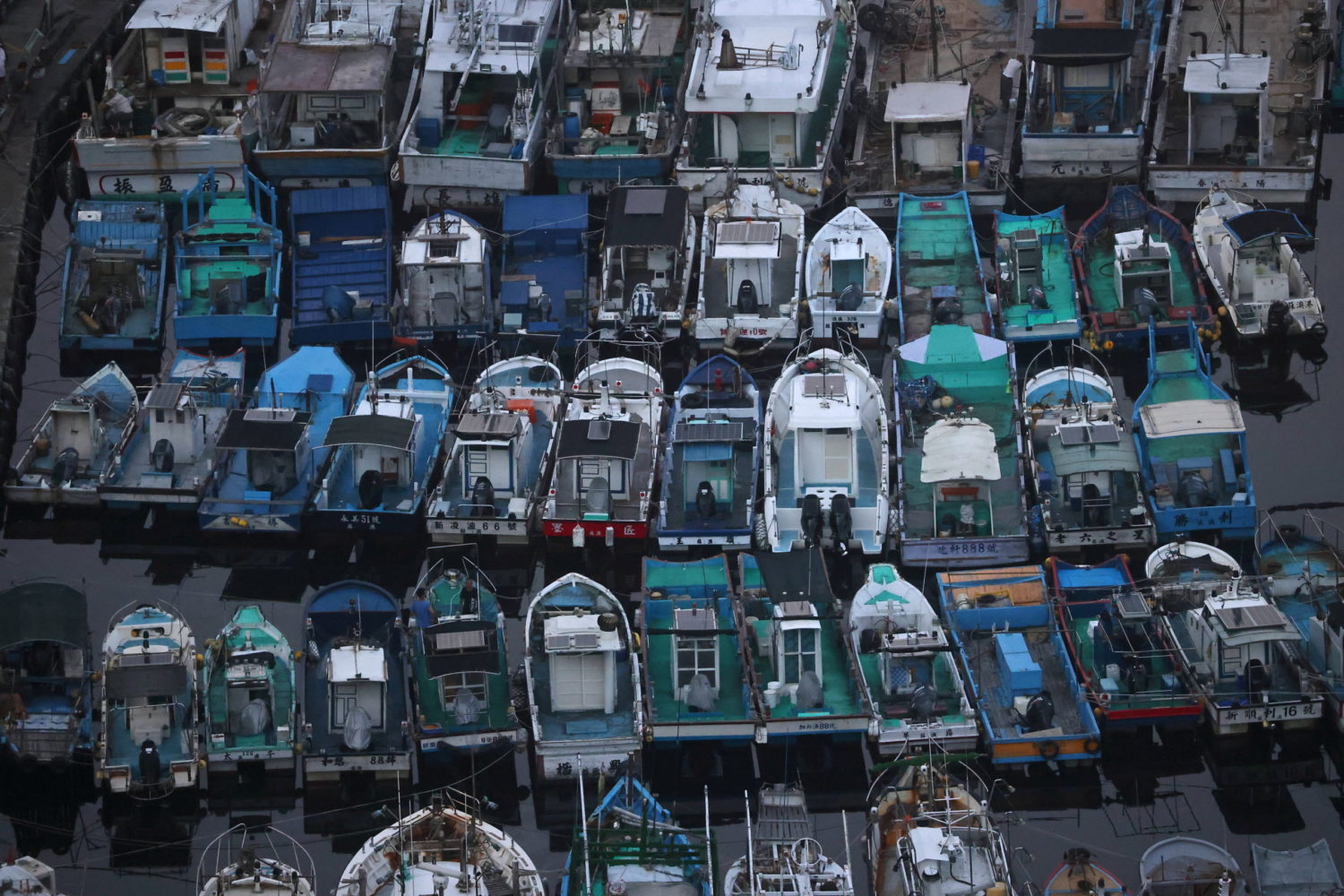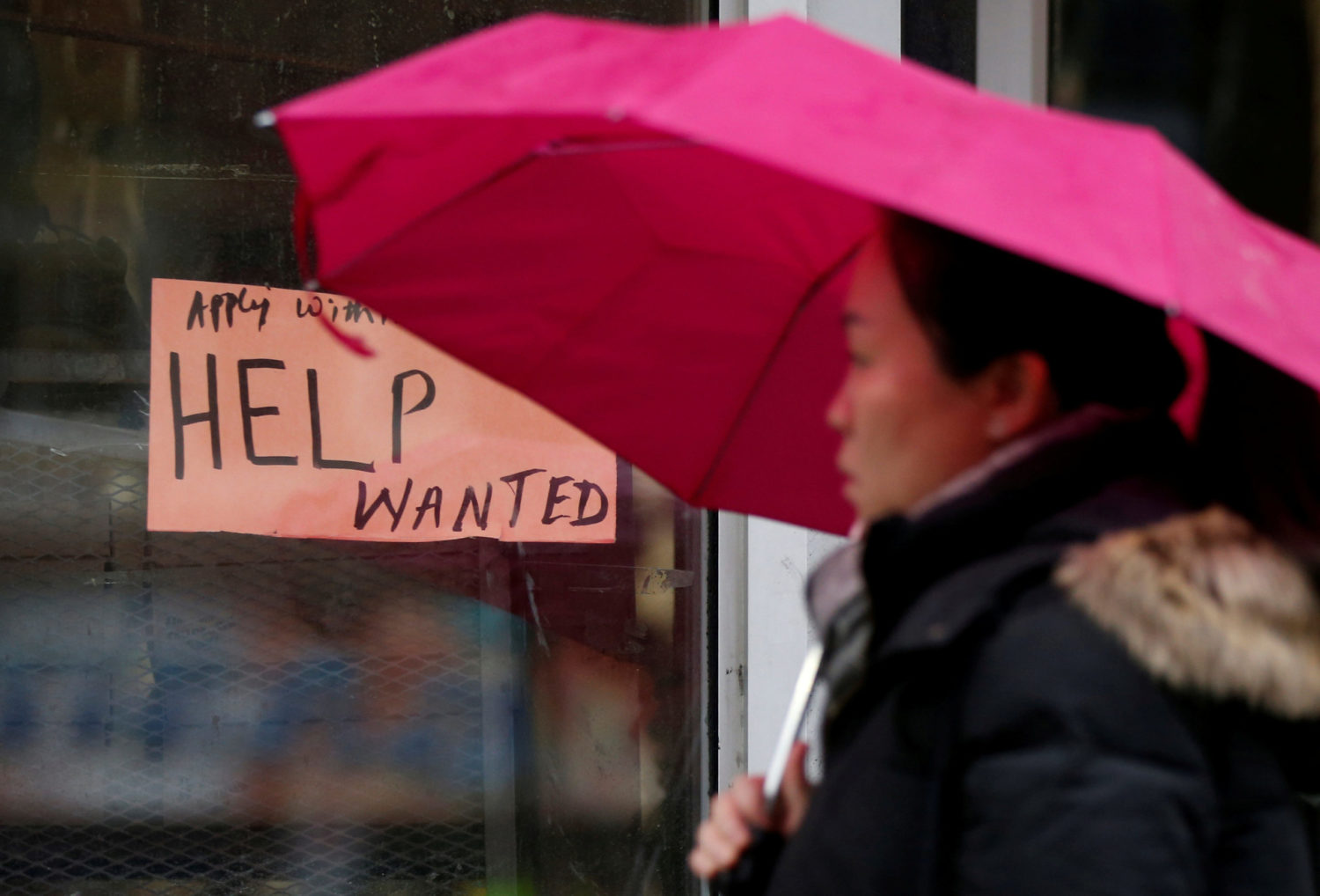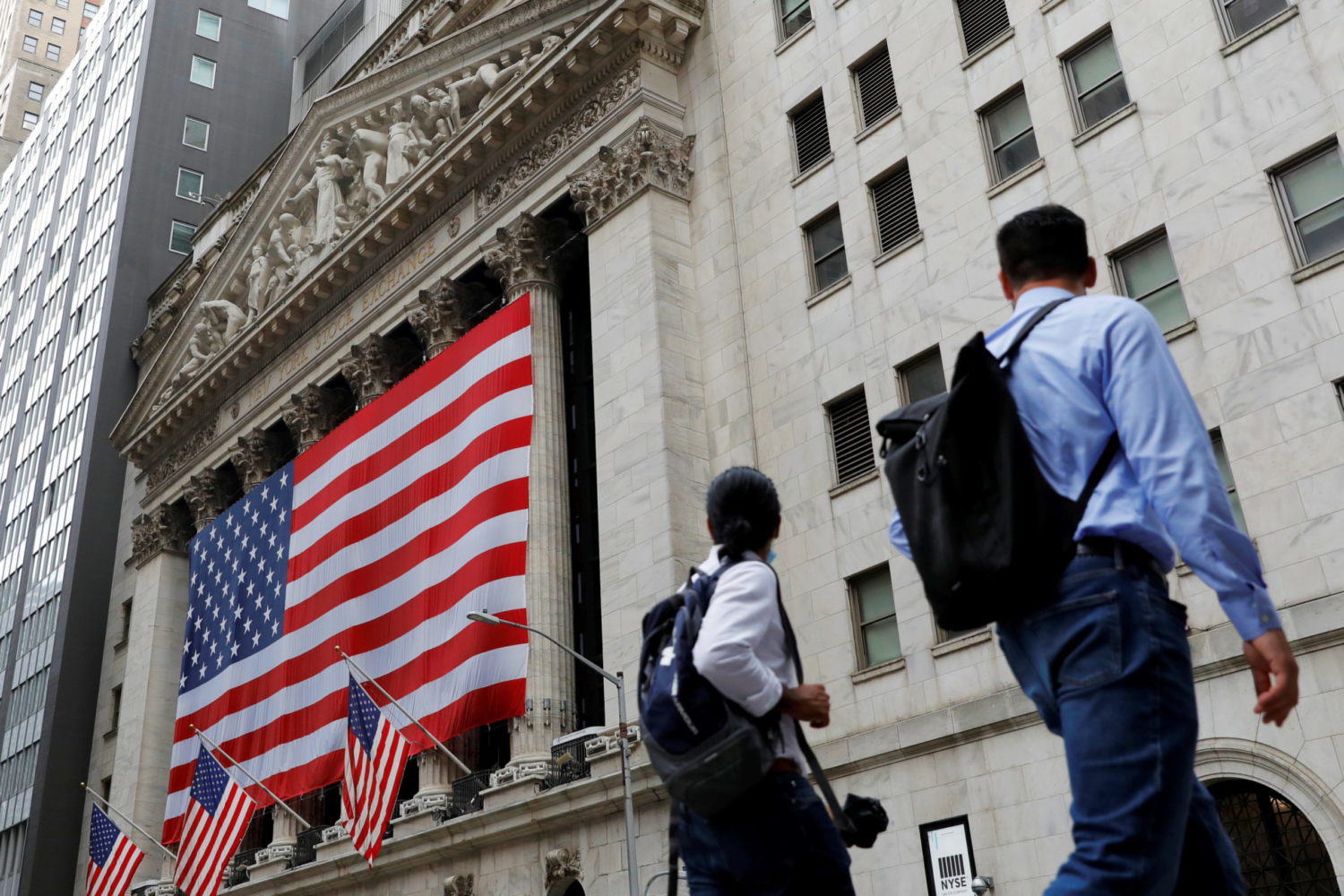
By Sujata Rao and Elizabeth Dilts Marshall
NEW YORK (Reuters) – World stock markets edged lower on Monday on inflation worries, as well as tax and regulatory pressures on the world’s biggest companies.
Leading Democrats in the U.S. House of Representatives said on Monday they are seeking to raise the tax rate on corporations to 26.5%, up from the current 21%.
The MSCI world equity index, which tracks shares in 45 nations, rose 0.01%, while U.S. stocks started mixed.
The Dow Jones Industrial Average rose 0.72% and the S&P 500 0.03%. The Nasdaq Composite dropped 0.41%, as investors pivoted away from major technology stocks to sectors more likely to benefit from an economic bounce later this year.
The dollar climbed to a two-week peak against a basket of major currencies as investors continued to price in expectations that the U.S. Federal Reserve could reduce its asset purchases sooner rather than later despite a surge in COVID-19 cases.
A flurry of U.S. economic data is due this week, starting with U.S. consumer price data on Tuesday, which will give a broad picture of the economy’s progress ahead of the U.S. Federal Reserve’s meeting next week.
China fired a fresh regulatory shot at its tech giants – telling them to end a long-standing practice of blocking each other’s links on their websites. The Financial Times also reported that Beijing is aiming to break up the payments app Alipay.
The Chinese blue-chip index fell 0.5% and MSCI’s broadest index of Asia-Pacific shares outside Japan closed 0.86% lower. Japan’s Nikkei rose 0.22%.
“We will see more of the state finding ways to extract funding from those it deems most capable of providing it,” said Tom O’Hara, portfolio manager at Janus Henderson.
INFLATION IN FOCUS
The continued acceleration in inflation added to concerns, with data showing factory gate inflation at more than decade-highs in the United States and China, and Japan reporting wholesale prices at 13-year highs last month.
“The market has been looking through inflation levels, assuming they are transitory and that interest rates won’t go up much, but the conundrum is that wherever we look, we will probably see more inflation and interest rate rises than people think,” O’Hara added.
A market gauge of euro zone inflation expectations rose to its highest since mid-2015 on Monday as supply bottlenecks and stronger-than-expected inflation prints encourage investors to seek inflation protection.
Inflation in the bloc will “in all likelihood” ease as soon as next year but the European Central Bank is ready to act if it does not, ECB policymaker Isabel Schnabel said.
Banks continue to flag caution. A Deutsche Bank survey found market players expect a 5-10% equity market correction by year-end, with COVID and inflation seen as the main risks.
BNP Paribas, while expecting the S&P 500 to stay unchanged by end-2021, highlighted risks from “higher yields and taxes, at a time when earnings momentum has slowed from excellent to good.”
It also lowered estimates for emerging markets, stemming from Chinese policy risks.
The yield on the U.S. 10-year Treasury was 1.3191 percent.
The general air of risk aversion helped lift the dollar index to 92.65, up 0.07% and off recent lows of 91.941.
Brent crude was last up $0.64, or 0.88%, at $73.56 a barrel. U.S. crude was last up $0.84, or 1.2%, at $70.56 per barrel.
Graphic: Global Oil Demand Growth Forecasts: https://graphics.reuters.com/GLOBAL-OIL/lbvgngrzdpq/chart.png
(Reporting by Sujata Rao in London and Elizabeth Dilts Marshall in New York; additional reporting by Wayne Cole in Sydney and Dhara Ranasinghe in London; editing by Emelia Sithole-Matarise, Chizu Nomiyama and Dan Grebler)
